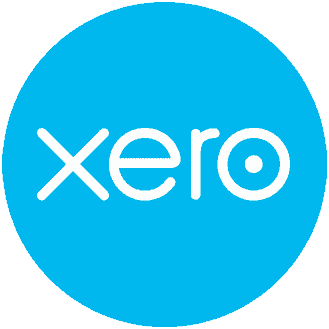Blog

by Angela Hodges
•
25 March 2025
Among the biggest winners from the Government’s proposed Foreign Investment Fund (FIF) reforms are likely to be US citizens living in New Zealand. The proposed Revenue Account Method, which is set to take effect from 1 April 2025, offers significant relief from the sometimes harsh and often unfair outcomes created when the US and NZ tax systems collide. The Double Tax Problem for US Citizens Unlike most countries, the United States taxes individuals based on citizenship, not residency. This means that US citizens remain fully taxable by the IRS no matter where in the world they live. When they become New Zealand tax residents, they are subject to NZ’s FIF rules – which tax unrealised gains each year. The problem is that these deemed gains are not recognised by the US tax system, which only taxes actual income or realised gains. This mismatch creates a common scenario where a US citizen in NZ pays tax to New Zealand on phantom FIF income (including unrealised capital gains) but then pays US tax again when the investment is eventually sold – with no US tax credit for the NZ tax already paid. The result is real, permanent double taxation. How the Revenue Account Method Helps The proposed Revenue Account Method addresses these challenges by bringing New Zealand’s tax treatment of FIF investments more in line with the US tax system, as it only taxes: Tax is only triggered when dividends are received or capital gains are realised, allowing US citizens to align taxable events across both jurisdictions. Capital gains are only partially taxed in NZ (70%), and foreign tax credits may be available in the US when realisation occurs (US tax advice will be required). For example, under current rules, FIF income is often calculated using the Fair Dividend Rate (FDR) method – which taxes 5% of the opening value of most foreign shares annually, even if no income is actually received. While this is straightforward from a compliance perspective, it does not align well with US capital gains tax rules, which only tax gains when they are realised. This mismatch can lead to several problems: Double taxation : US citizens in New Zealand can be taxed on notional income under the FIF regime that doesn’t correspond to any US tax liability, meaning no foreign tax credit is available in the US. Compliance complexity : The requirement to use different tax bases (realisation for US purposes, deemed accrual/unrealised gains in NZ) creates extra complexity for reporting and record-keeping. Cash flow issues : As no cash is received under FDR (and potentially CV), taxpayers may be forced to fund NZ tax from other sources or liquidate investments earlier than intended. For US citizens holding private equity, start-up shares, or unlisted interests acquired prior to NZ tax residency, this new method could make a substantial difference. It removes the need to fund NZ tax liabilities out of pocket for income never actually received. The new Revenue Account Method should be especially attractive to US citizens holding equity in start-ups, employee share schemes, or private investment vehicles, where growth potential is high but cash flow is minimal. However, it is important to remember that ultimately this method will still tax capital gains on these offshore investments, as well as taxing dividends. The Revenue Account Method should not be a default go-to for new residents, as some taxpayers may have more favourable outcomes with the existing FIF methods. See our more detailed article on the new Revenue Account Method here. Planning Tips for US Citizens and Advisors If you or your clients are US citizens becoming NZ tax residents, consider the following planning steps: Document asset values on entry : For investments eligible for the Revenue Account Method, the cost base will be the value at the time NZ tax residence begins. A formal valuation may be required to substantiate this. Review eligibility : Confirm that the taxpayer became fully tax resident in NZ on or after 1 April 2024 and that investments were acquired before residency (or pursuant to pre-residency arrangements). Coordinate with US tax advisors : Cross-border alignment is key. A coordinated strategy that considers both US and NZ tax consequences will reduce surprises and improve outcomes. Contact us to discuss how these changes could affect your US-NZ tax position. Disclaimer: The information provided in this article is general in nature and does not constitute personalised tax advice. You should consult with a qualified tax adviser familiar with both US and NZ tax systems before making any decisions based on this content.

by Angela Hodges
•
15 January 2025
As tax advisors, we know there has long been contention around the tax treatment of loyalty points and rewards. We have seen numerous times how large these benefits can actually be. It’s an issue that has largely been overlooked, and something that clients have certainly not wanted to know about.

by Angela Hodges
•
30 June 2024
The Inland Revenue has recently released a new draft Interpretation Statement, PUB 0040: Income tax – overdrawn shareholder loan account balances . This statement is currently open for consultation until 2 August 2024. Family-owned small businesses often operate through close companies. Given the significant control shareholders have over these companies, it is common for them to withdraw company funds for personal use. These amounts are commonly transacted through the Shareholder Current Account. The issue is when these Shareholder Current Accounts become overdrawn. In practice, the reasoning behind an overdrawn Shareholder Current Account can often be the sale of a capital asset and the withdrawal of those funds by the shareholder (without declaring a dividend). Unfortunately, we also commonly see this when a company, or the shareholders, are struggling financially. In this context it is perhaps timely, given the struggles businesses have been going through, for the Inland Revenue to issue a reminder about the potential tax issues these overdrawn Shareholder Current Accounts can present. Understanding Shareholder Loan Accounts and Their Tax Implications Firstly, the Inland Revenue refers to a Shareholder Loan Account. In practice, this is often a Shareholder Current Account, thus I have used the terminology interchangeably. Shareholder Current Accounts are generally informal arrangements between close companies and their shareholders, documenting any advances made between the two. When a shareholder withdraws more money from the company than they have advanced, the account becomes overdrawn, leading to several potential tax issues. The following tax issues apply equally to a Shareholder Loan balance, where the shareholder owes the company funds. Tax Issues Arising from Overdrawn Shareholder Loan Accounts 1. Dividend Income: If a shareholder pays no or low interest on an overdrawn loan account, dividend income may arise. For this reason, the company will generally charge the shareholders interest on the overdrawn shareholder current account. 2. Fringe Benefit Tax (FBT): Shareholder-employees who pay no or low interest on their overdrawn accounts may face FBT liabilities. 3. Interest Income: Companies charging interest on overdrawn accounts generate interest income. This interest will be taxable income to the company and may be non-deductible to the shareholder (discussed further below). 4. Resident Withholding Tax (RWT): Companies can claim a tax credit for RWT withheld from interest payable. The credit is claimable in the year the interest is derived, provided the RWT has been paid to Inland Revenue. 5. Interest Deductibility: Interest paid by shareholders on overdrawn accounts is typically not deductible as it often funds private expenditure. However, if the borrowed money is used for income-earning activities or businesses, a deduction may be available, subject to documentation and general limitations. 6. Withholding and Reporting Requirements: Shareholders paying RWT may have obligations to deduct RWT on interest paid to the company on the balance of the current account (or loan). 7. Debt Forgiveness: If a shareholder is relieved of their obligation to repay an overdrawn loan balance, this typically results in taxable debt remission income for the shareholder. For this reason, the company cannot simply forgive the loan or overdrawn balance. Importantly, the company should never be wound up with the shareholders owing the company funds, as this could also trigger taxable debt remission income. Beyond the scope of the Interpretation Statement, there are additional potential tax issues to consider with Shareholder Current Accounts: 8. Salary: If the shareholder is taking regular drawings to meet their living costs, there is support for the Inland Revenue to reconstitute these drawings as taxable salary or personal services income in some circumstances. This is particularly where the company has not paid the shareholder a reasonable market salary or met the personal services or attribution rules. 9. Documentation: There is caselaw in which loan repayments have been reconstituted as taxable income to the shareholder, however those are extreme examples involving an absence of documentation. It is always important to document all loans to the company. Any transactions between the company and the shareholder should include clear narrations e.g. on the bank transfer. Take care in those narrations, if something is labelled “salary”, chances are the IRD would argue it should be taxed as such. Understanding these tax implications is crucial for both companies and shareholders to ensure compliance and optimize their tax positions. *This publication contains generic information only. NZ Tax Desk Ltd is not responsible for any loss sustained by anyone relying on the contents of this publication. We recommend you obtain specific taxation advice for your circumstances.

by Angela Hodges
•
28 May 2024
With the popularity of ESS, and the recent focus by the Inland Revenue, in this article, we’ll explore the key tax rules governing Employee Share Schemes (ESS) in New Zealand. Employee Share Schemes Employee share schemes (ESS) are popular incentives offered by companies to motivate Employees and align their interests with those of shareholders. However, these schemes come with specific tax rules that Employees must understand to manage their tax obligations effectively. ESS are also an area the Inland Revenue has been focusing on recently, particularly in the SME market. Recent Technical Decision TDS 24/08 focuses on the tax treatment of an Employee’s rights to shares under an Employee Share Scheme. The decision centres around when the shares should be taxed (the Share Scheme Taxing Date) —either when the rights vested, or when the Employee exercised the Rights (i.e. shares were issued). "What is an Employee Share Scheme? An Employee Share Scheme (ESS) allows Employees to acquire shares in their employer’s company, often at a discount or as part of their remuneration package. The aim is to incentivise Employees by giving them a stake in the company’s future success. Any benefit received by an Employee under a ESS is treated as taxable income to them. There is contention around when that benefit is measured. Legislation was introduced a number of years ago that states the benefit must be measured on the “Share Scheme Taxing Date”. What is the Share Scheme Taxing Date? The "Share Scheme Taxing Date" is a critical concept in the taxation of ESS. Under Income Tax Act, this is essentially the first date on which there are no longer any substantive restrictions on the Employee's legal or beneficial interest in the shares. This generally means the date when the Employee gains unrestricted access to the shares, free from any conditions that limit their legal or beneficial ownership. Why is the Share Scheme Taxing Date Important? The Share Scheme Taxing Date is significant because it determines when the Employee must measure and recognize income from the share scheme for tax purposes. How is the Taxable Benefit Calculated? On the Share Scheme Taxing Date, the taxable benefit is calculated as the difference between the market value of the shares received, and any amount the Employee paid for them. For example, if an Employee acquires shares worth $10,000 on the Share Scheme Taxing Date, but they paid only $2,000, the taxable benefit is $8,000. This amount is considered employment income and subject to income tax. Tax Reporting and Payment Employees must include the taxable benefit in their income tax returns for the year in which the share scheme taxing date falls. Employers typically report this benefit through the PAYE system. Although tax can be paid by the Employer at that time, common practice is that this liability falls to the Employee. Technical Decision 24/08 In recent TDS 24/08, the Employee received rights to receive shares in the company. The rights vested approximately three years after they were granted, and provided the taxpayer remained an Employee at that time, they could then exercise the rights and receive the shares. The Employee/Taxpayer had until the end of the second fiscal year following the year in which the Rights vested to exercise the Rights. Key concepts here (general): Vesting Date: When the Employee earns the right to the shares but does not yet own them. Vesting typically depends on continued employment or meeting performance targets. At this point, while the Employee has the right to acquire shares in the future, they do not have actual ownership or the ability to benefit from selling these shares. Exercise Date: This occurs when the Employee acts on their vested rights to actually purchase or claim the shares. Once exercised, the Employee owns the shares outright and can sell them. The exercise date is critical because it transforms the right into actual share ownership. The Tax Counsel Office decided in TDS 24/08 that the Share Scheme Taxing Date was the earlier date, when the rights vested. The reasoning focused on the concept of "beneficial ownership," determining that once the rights vested, there was no significant risk that the taxpayer's ownership would change, effectively making them the owner for tax purposes. Our view: In my view, it was critical to this case that the Employee did not have to pay anything for the Shares. Once the rights vested, it was a foregone conclusion the Employee would exercise them – the Employee/taxpayer did not have to pay anything for the shares the shares were listed on a stock exchange where there was a liquid market for the shares. The Employee/Taxpayer forfeiting the Rights by failing to exercise them was highly unlikely. Although the Shares had to reach a specified minimum value before the Employee could exercise the Rights, the Shares exceed that value at all times, and it was not suggested that this requirement posted any material risk to the Taxpayer’s beneficial ownership of the shares. Although this may be the correct conclusion in this particular fact scenario, there is a risk it will be applied in other situations where the vesting date precedes the exercise date. Other Structures There are a number of ways Employee Share Schemes can be structured. The Tax Counsel Office in TDS 24/08 also discussed the tax implications of issuing Employee Share Options. In the context of Employee benefits, share options can be a useful structure to offer Employees an ownership interest, but protect them from downside risk. The Commentary in the TDS clarified that no changes were proposed to the tax treatment of straightforward Employee share options, as their taxing principles already align with when an Employee owns shares like any other shareholder. The Tax Counsel Office explained that a share option is a right to purchase shares at a specified price within a set period, meaning ownership of the shares generally only begins upon exercising the option. Conclusion Employee Share Schemes can be a valuable part of an Employee’s remuneration package, providing both financial rewards and a stake in the company’s success. However, it’s essential to understand the tax implications, particularly the concept of the Share Scheme Taxing Date. This date determines when the Employee is taxed on the benefit of the shares, based on the difference between their market value and any amount paid. By understanding and planning for this, Employees can make the most of their share schemes while managing their tax obligations effectively. *This publication contains generic information only. NZ Tax Desk Ltd is not responsible for any loss sustained by anyone relying on the contents of this publication. We recommend you obtain specific taxation advice for your circumstances.

by Angela Hodges
•
16 April 2024
The new 39% tax rate has finally been enacted, however there have been a few tweaks along the way, including a new concept – the De Minimis Trust. The De Minimis Trust is a welcome addition where a Trust can continue to be taxed at 33%. Increased Trustee Tax Rate The Taxation (Annual Rates for 2023–24, Multinational Tax, and Remedial Matters) Act 2024 (the Act) was enacted at the end of March. Central to the Act is the increase of the Trustee tax rate from 33% to 39% from the 2024–25 income year. Measures to Mitigate Over-Taxation Recognizing that the increased rate could lead to over-taxation in some cases, the Act now includes several mitigating measures: · Retaining the 33% rate for Trusts with Trustee income not exceeding $10,000 (after deductible expenses). · Special rules for deceased estates within the first four income years, Trusts settled for disabled people, and exclusions for energy consumer Trusts and legacy superannuation funds. Detailed Analysis and Special Rules The Act provides detailed analysis and rules for various aspects of Trust taxation: · De Minimis Trusts : Trusts with net income of $10,000 or less are subject to a 33% tax rate, aimed at small Trusts. Minor beneficiary income and corporate beneficiary income distributions are ignored when considering the $10,000 threshold. If the Trust’s net income is $10,001 – the entire $10,001 is taxed at 39%, not just the $1 over $10,000. · Corporate Beneficiary Rule : The Act introduces a measure to tax beneficiary income derived by certain close companies at the 39% Trustee tax rate (taxed in the Trust). This is an anti-avoidance provision to prevent the use of corporate beneficiaries to avoid higher tax rates. This income is treated as excluded income and capital gains in the company. · Minor Beneficiary Rule : The minor beneficiary rule, which taxes income derived by minors from a Trust at the Trustee tax rate if it exceeds $1,000, is retained but is now explicitly subject to the 39% rate to limit tax benefits that could otherwise be exploited. The Act maintains specific exclusions from the minor beneficiary rule, e.g. for income below $1,000. · Exclusions and Special Cases : The Act outlines exclusions and special rules for deceased estates, disabled beneficiary Trusts, energy consumer Trusts, and legacy superannuation funds, each with tailored provisions to address specific concerns. *This publication contains generic information only. NZ Tax Desk Ltd is not responsible for any loss sustained by anyone relying on the contents of this publication. We recommend you obtain specific taxation advice for your circumstances.








